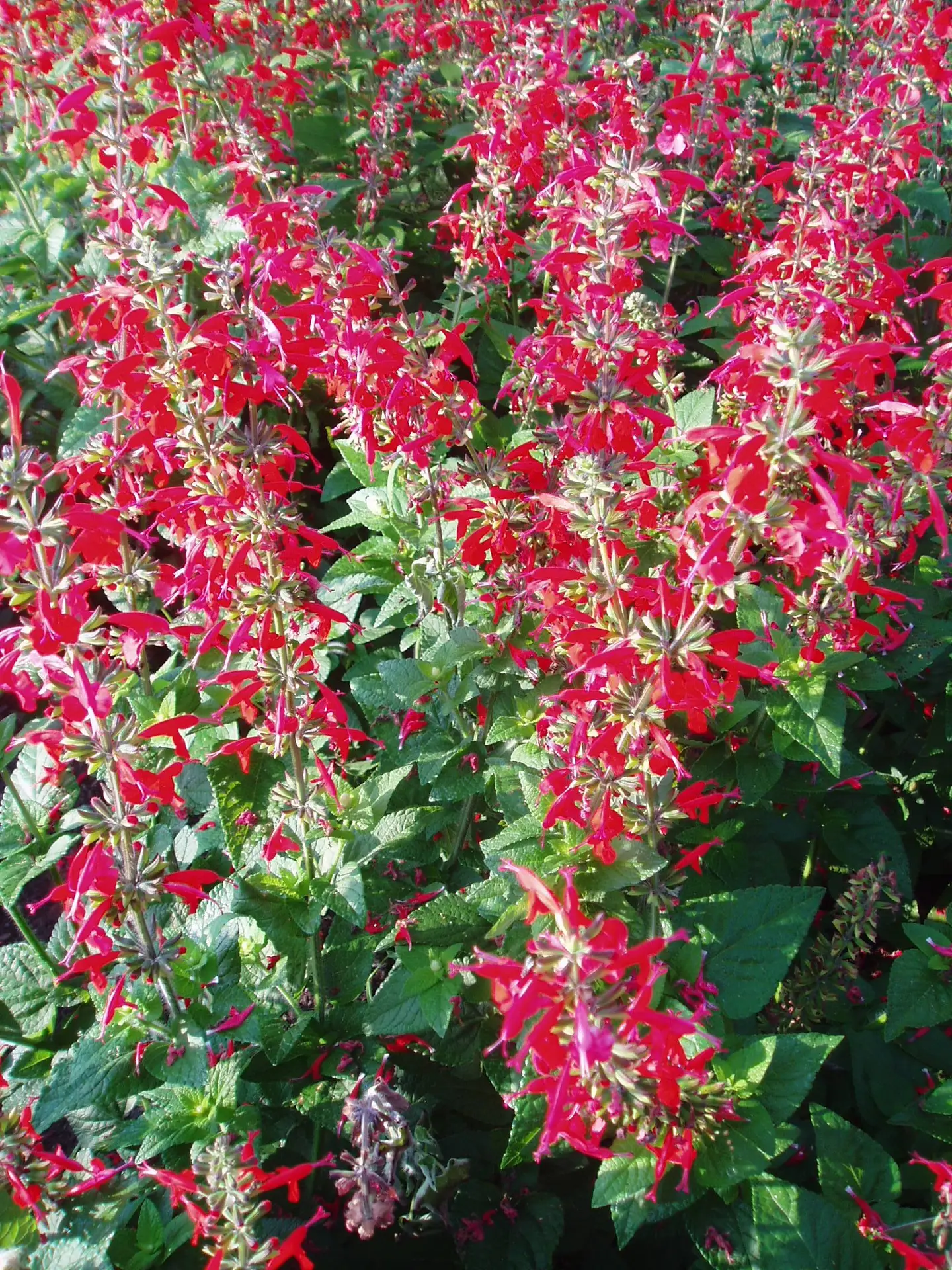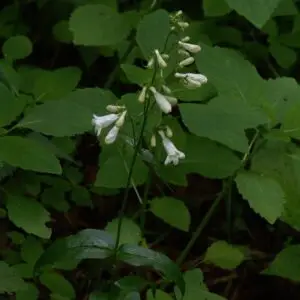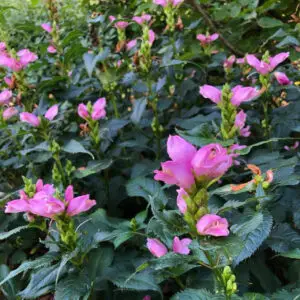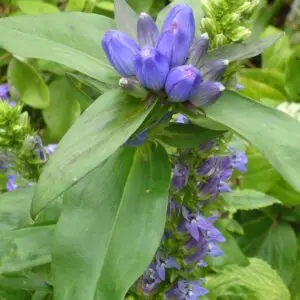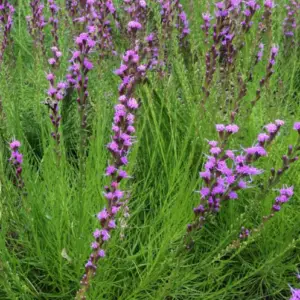| Size | 4" Pots for Preorder Only, Trade Gallons, Two Gallons, Three Gallons |
|---|
Salvia coccinea – Scarlet Sage (BTF.DR.DRGHT.H.NB.OP)
$15.00
Ecosystem Services:
(B)-Birds (B&B)-Birds & Butterflies
(BTF)-Butterflies (BW)-Black Walnut Resistant
(DR)-Deer Resistant (DRGHT)-Drought Resistant
(EC)-Erosion Control (EVR)-Evergreen
(FC)-Fall Color (FRG)-Fragrant
(GRD)-Groundcover (H)-Host plant
(HMR)-Hummingbirds (M)-Mammals
(MTH)-Moths (N)-Nectar
(NB)-Native Bees (NST)-Nesting Material
(OP)-Other pollinators (RR)-Rabbit Resistant
(SHWY)-Showy (SPC)-Specimen Plant
Scarlet sage is a member of the Lamiaceae (mint) family and is native to Mexico and the southeastern United States. It is perennial in warmer climates and annual where winter temperatures are below freezing. The genus name Salvia is derived from the Latin term salveo, which means ‘be well’ and refers to the plant’s medicinal properties.
Scarlet sage is best grown in full sun to partial shade in sandy, fertile soil but will tolerate clay soil with good drainage. It grows 1 to 3 feet in height and 1 to 2.5 feet in width. It tolerates drought but will flower more abundantly with watering during dry spells. Scarlet sage reseeds easily.
The bright red flowers are an inch long and arranged in loose whorls along the upright stem and bloom continuously from early summer to the first frost. They are attractive to hummingbirds and butterflies.
Though it looks similar to pineapple sage (Salvia elegans), which has edible flowers, the flowers of scarlet sage (Salvia coccinea) are NOT edible. Crush a flower. If it smells like sage or grass, it is scarlet sage; do not eat it. If it smells like pineapple, it is edible.
Good locations for scarlet sage are walkways, coastal, and naturalized areas. Use it as a border or mass planting in a butterfly, cottage, pollinator, or drought-tolerant garden.
Host plant for the Painted Lady butterfly and other butterflies, as well as being a nectar source for many other pollinators.

